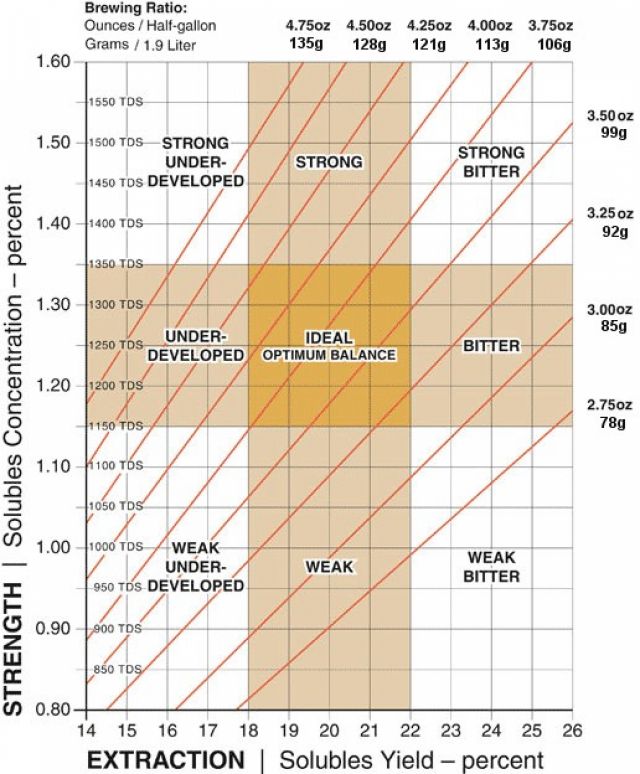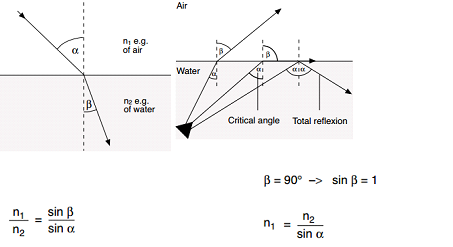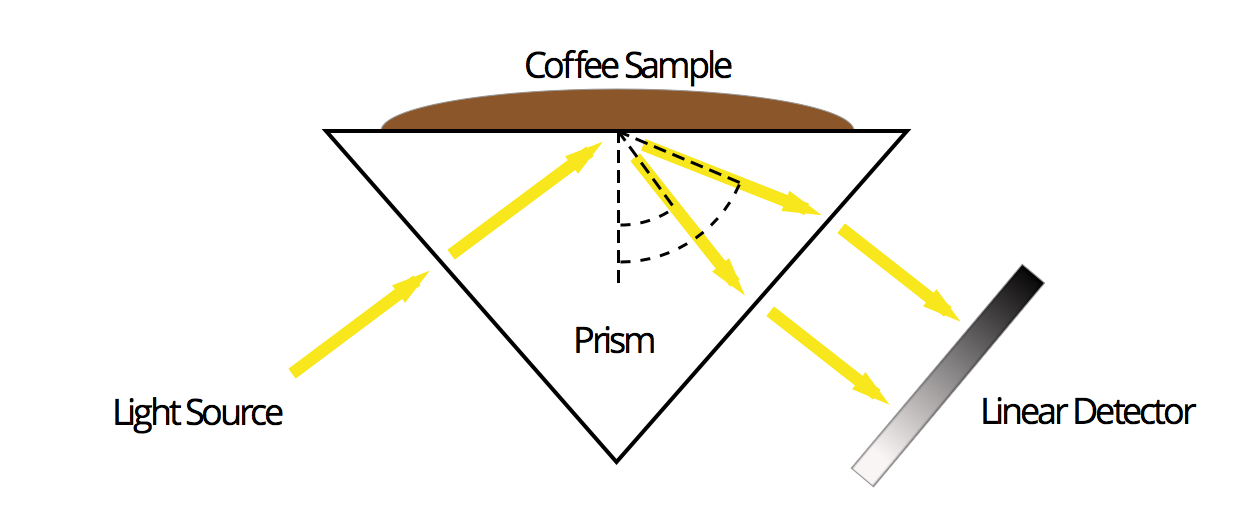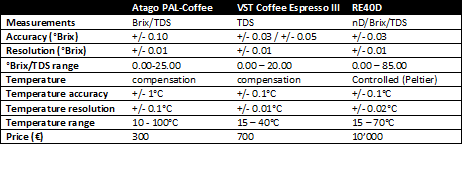How New Technologies Impact Coffee Equipment? (Part 3)
Refractometers and the “Perfect Cup”
For the last episode of this small review of new techs related to coffee, I will try to consider the use of refractometers for the “Perfect Cup” preparation. Barista’s refractometers such as the VST and Atago are the most popular on the market. I will propose in a future post a scientific and statistical comparison between VST, Atago and the RE40D from Mettler-Toledo (professional laboratory refractometer).

Why “Total Dissolved Solids” concept is so important today ?
Initiated by the National Coffee Association and affiliated with the Pan American Coffee Bureau, the CBI was formed around 1952, and marked a new focus on industry research and customer preferences for coffee in the United States. Dr. Earl E. Lockhart was the institute’s first director. Dr. Lockhart has been credited for his leadership role in conducting some of the most advanced coffee research at the time, including the measurement of “soluble solids” in coffee as an index of quality. Much of the work conducted by the CBI was towards determining the optimal methodology to brew good coffee, which led to the distribution of many recommendations, such as the brewing essentials. This focus on the consumer led the Institute to realize that the majority of complaints around coffee were the direct result of improper brewing methods.
Although there were many useful publications from the CBI/CBC, one of the most valuable assets they provided to the coffee brewing industry was perhaps the Coffee Brewing Control Chart. The relationship of strength, extraction, and brew formula gave a quantifiable approach to verifying the consistency of the brewing process. The gold cup ratio was designed by the CBI to fit that “ideal” extraction and strength zone. Through sensory evaluation tests, a range of formulas were developed. Beverages were analyzed for soluble concentration (strength) to determine the percentage of the beverage that was the soluble material from coffee. A range of strength from 1.15 – 1.35 % coffee soluble material in the beverage was determined to be the most enjoyable through CBI testing. Extraction (yield) from the grounds was also analyzed. The desirable extraction limits were determined to be within a range of 18 – 22 % of the original weight used in the brew. The development of the Coffee Brewing Control Chart gave us a clear and understandable tool for plotting or recording the consistency of the brewing process. This work laid the foundation for brewing ‘good coffee’ and has since allowed us to have this discussion amongst an educated coffee community.

The refractometer
The refractometer is the tool measuring concentration of a liquid or solid in solution (i.e: sucrose, ethanol in water). It is an accurate tool when a solution contains 2 compounds: the solvent and the solute. In cases where solutions are more complex (wine, wort, coffee), the measurements could be biased by the complexity of the solution. In that case, correction factors should be applied to approximate the reality.
The first thing to understand is how refractometers work: refractometers measure refractive index. This index varies as a function of the wavelength used as incoming light and temperature. So, refractive index must be completed by the wavelength (standard for many equipments is the D ray emitted by sodium light, 589.3nm) and temperature (20°C or 25°C in tropical countries).
The graphs below show how refractometers measure the refractive index:

The measurement principle in the RE40D professional refractometer is the following:

The refractive index
In reality, the refractive index is the ratio of the velocity in the 2 media n1=vr/v1 where vr is the speed of light (3×108 m/s). If we consider air as reference media, then refractive index becomes a physical characteristic for pure compounds and solutions (sugar, ethanol, etc.). Reference tables exist for pure compounds (Handbook of Physics and Chemistry) or solutions (°Brix in the sugar industry, °Plato in the brewing industry or °Ochsle, °Baumé in the Wine industry).
Concerning coffee beverages, the concept of TDS (Total Dissolved Solids) has been developed by a few companies. Because coffee extraction is complex, a factor must be applied to convert °Brix to TDS. Most of the extracted soluble compounds are carbohydrates, but caffeine, chlorogenic acids or organic acids affect the °Brix measurement. Therefore a factor that varies around 0.80-0.85 is applied by Atago. VST does not communicate on the relation between °Brix and TDS by their instrument.
Very important consideration: technical specifications of the refractometers!
The Atago refractometer is a portable instrument, small and very easy to manage. The main advantage could be the price vs. the VST one (about 300€ vs. 700€). It is, of course, a very interesting parameter to consider, but it is not the only one. The ONLY PARAMETERS you should consider when buying a refractometer for your coffee preparations are the following by order of importance:
1- Accuracy in °Brix or %TDS or nD20. It must be as low as possible, but less than +/- 0.03% TDS is a good start.
2- Resolution in °Brix or %TDS or nD20. It should be 0.01% TDS for the best instruments
3- Temperature control or compensation: Pelletier cell would be the best option, otherwise calculation is included in the measurement to compensate the temperature of the real measurement.
Here are these parameters for the Atago, VST and the MT RE40D refractometers:

Based on that table, it looks clearly for me that the VST refractometer is the most suitable one for measuring accurate values. It is obvious that +/- 0.10% TDS accuracy is too large to perform accurate analysis of the brew.
2 videos showing how to use those 2 refractometers:
Use of Apps for preparing the “Perfect Cup”
Atago and VST sell their own App allowing the position of your brew on the Brewing Control Chart. Both Apps are very well organized and easy to use. Price is relatively expensive for both apps (20€ and 40€).
Here are some screenshots of both refractometers:
ATAGO Pal Coffee Brix/TDS

VST




